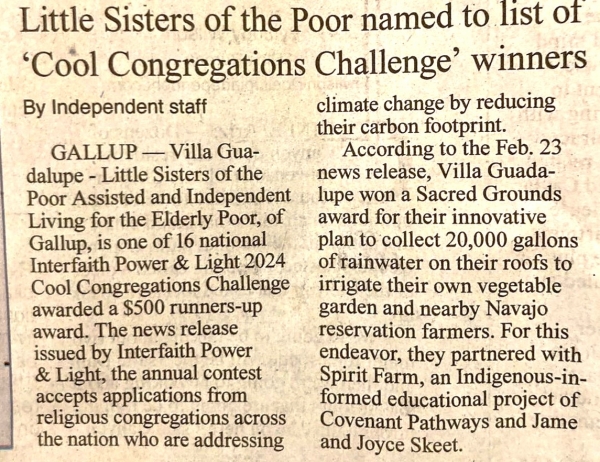Solar Financing Webinar (National IPL)
Tune in for a crash course on solar financing! We learned from experts, explored new federal incentives for solar for nonprofits, and heard firsthand from a congregation who successfully applied for Direct Pay. Listen to the recording:

